So the Forgetful (Manasseh)
was presumably a name given to him because he had forgotten the strict rules of his
monotheistic ancestors (although the rules had been written in
stone, on a pair of stone tablets).
... For they say that the course of human
life resembles the letter Y, because every one of men, when he
has reached the threshold of early youth, and has arrived at the
place 'where the way divides itself into two parts', is in
doubt, and hesitates, and does not know to which side he should
rather turn himself´...
As a kind of proof Manasseh was buried
in his own garden instead of in the traditionalal way in the City
of David.
... When the
man, Ulu, returned to his wife from his visit to the
temple at Puueo, he said, 'I have heard the voice of
the noble Mo'o, and he has told me that tonight, as
soon as darkness draws over the sea and the fires of the
volcano goddess, Pele, light the clouds over the
crater of Mount Kilauea,
the black cloth will cover my head. And when the breath has
gone from my body and my spirit has departed to the realms
of the dead, you are to bury my head carefully near our
spring of running water. Plant my heart and entrails near
the door of the house. My feet, legs, and arms, hide in the
same manner. Then lie down upon the couch where the two of
us have reposed so often, listen carefully throughout the
night, and do not go forth before the sun has reddened the
morning sky. If, in the silence of the night, you should
hear noises as of falling leaves and flowers, and afterward
as of heavy fruit dropping to the ground, you will know that
my prayer has been granted: the life of our little boy will
be saved.' And having said that,
Ulu
fell on his face and died
...
According to the list in The White
Goddess compared to the rongorongo text on the G tablet we can indeed
deduce that Manasseh was given land corresponding to half the
norm, i.e. to half 28 = 14 days, and we can therefore update the
list from The White Goddess (the Moon) accordingly:
|
B |
Dec. 24 (358,
*278) |
Reuben |
1 |
|
|
L |
Jan. 21 (386,
*306) |
Issachar |
2 |
|
|
N |
Febr. 18
(414. *334) |
Zebulon |
3 |
|
|
F |
March 18
(442, *362) |
Judah |
4 |
|
|
S |
April 15
(470, *390) |
Gad |
5 |
|
|
H |
May 13 (498,
*418) |
Levi |
6 |
|
|
D |
June 10 (526,
*446) |
Asher |
7 |
|
|
T |
July 8 (554,
*474) |
Simeon |
8 |
|
|
...
In the context of Moses's blessing, Joseph 'with
the horns of a rem' would naturally have
been depicted in the two persons of his sons,
Ephraim and Manasseh, jointly called 'Joseph',
as twin rems with only one horn apiece
...
 |
|
C |
Aug. 5 (582,
*502) |
Ephraim
(Fruitful) |
9 |
 |
|
M |
Sept. 2 (610,
*530) |
Manasseh
(Forgetful) |
10 |
 |
|
... For six
days (po ono), mats (moenga) were
taken on board the canoe (i.e., the loading of
the canoe took six days) - etahi poō no. o te moenga. i too ai ki
runga ki te miro. Hotu's
canoe [te miro. o Hotu] sailed [he oho]
from Maori to Te Pito O Te Kainga. It sailed
on the second day of September (hora nui) ...
[E:74] |
|
Sept. 16 (610
+ 28 / 2 = 624,
*544) |
 |
|
... land already at
an early time was divided between the 9 tribes
and one of the halves of the tribe of Manasseh
... (Josua 13:7) |
|
G |
Sept. 30
(638 = 624 + 14, *558) |
Dan |
 |
|
Ng |
Oct. 28 (666,
*586) |
Dinah |
|
|
R |
Nov. 25
(329, 694. *614, *250) |
Naphtali |
|
|
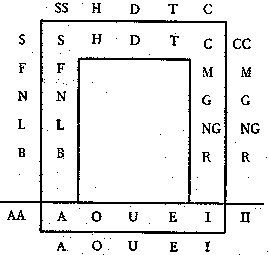 |
The 'land' (half-month) of Manasseh stretched from September
2 to September 16:

|
JAN 12 (355 +
22 = 377) |
13 (378
→ 780 -
402) |
14 |
15
(*300) |
 |
 |
 |
 |
|
... In the present context
'mouth' has an additional connotation, given
that it refers in part to
Heart of Earth, the deity called 'Mundo'
today. This is the great Mesoamerican earth
deity,
the ultimate swallower of all living beings,
depicted in Classic Mayan art (in the Palenque
relief panels, for example) as an enormous pair
of jaws upon whose lips even the feet of great
lords must rest in precarious balance, and into
whose throat even great lords must fall. Turning
to the contemporary scene, daykeepers who visit
the main cave beneath the ruins of Rotten Cane,
the last Quiché capital, speak of the danger of
falling into 'the open mouth of the Mundo'
there, which is said to be more than four yards
wide ... |
|
Gb3-7 (68 =
46 + 22) |
Gb3-8 |
Gb3-9 |
Gb3-10 (300) |
|
FINAL PLACE FOR THE
SUN: |
|
γ¹ Oct. (361.4 = 320.0 +
41.4),
φ Pegasi (361.7)
*361.4 - *41.4 = *320.0 |
DZANEB
(→ Deneb, Tail) = ω Piscium (362.4),
γ² Oct. (362.8)
*362.4 - *41.4 = *321.0 |
η Tucanae (363.0),
ψ Pegasi (363.1),
32 Piscium
(363.2),
π Phoenicis (363.4),
ε Tucanae (363.6), τ Phoenicis (363.9)
*322.0 = *363.4 - *41.4 |
θ Oct. (364.4)
*323.0 = *364.4 - *41.4 |
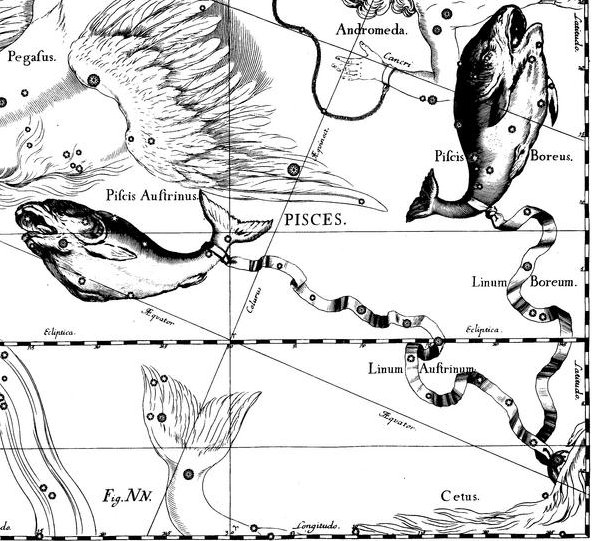 |
|
March 17 (365
+ 76 = 441) |
18 (*318 + *44 = *362) |
19 (78) |
20
(*364) |
|
"Febr 4 |
5 (36) |
6 (*322) |
7 (*277 +
*46 = *323) |
|
CORRESPONDING NAKSHATRA
VIEW: |
|
Al Sarfah-10 (Turn)
/
Uttara
Phalguni-12 (Second Reddish One)
/
Zibbat A.-16 (Tail of the
Lion) / Shēpu-arkū sha-A-17 (Hind Leg of the
Lion)
93 Leonis (178.0),
DENEBOLA = β Leonis
(178.3),
ALARAPH (Unarmed) = β Virginis
(178.6)
Aug 23
(235) AD
2023 MARS |
PHEKDA ('Thigh') = γ Ursae Majoris,
β
Hydrae (179.3),
η
Crateris (179.9)
DENEB CYGNI (α Cygni) |
No star listed (180) |
π Virginis (181.0),
θ Crucis (181.5) |
.jpg)
 |
|
MANASSEH + ½ |
Sept 16 (215 + 44
= 259) |
17 (*363 -
*183 = *180) |
18 (261 = 9 * 29) |
|
"Aug 5 |
6 (218 = 174
+ 44) |
7 (*322 -
*183 = *139) |
8 (261 - 41 =
220) |
|
JULY 13 |
14 (151 + 44
= 195) |
15 (*299 -
*183 = *116) |
16 (261 - 64
= 197) |
 |
 |
 |
 |
|
Ga5-4 |
Ga5-5 (115 =
71 + 44) |
Ga5-6 |
Ga5-7 |
Unless I have completely fooled myself
we have now uncovered a correspondence
between the leading stars - for instance
the place where the tail of the Lion
would disappear, where he would changed
his sex

- and the dates in the Julian (Gregorian)
calendar.
... When this tremendous task had
been accomplished Atea took a third husband,
Fa'a-hotu,
Make Fruitful. Then occurred a curious event.
Whether Atea had wearied of bringing forth
offspring we are not told, but certain it is that
Atea and her husband Fa'a-hotu
exchanged sexes. Then the [male] eyes of Atea
glanced down at those of his wife Hotu and they
begat Ru. It was this Ru who explored the
whole earth and divided it into north, south, east, and
west ...
Which remarkably seems to have been
defined already at the time of the Old
Testament.
Which thus simultaneously in a way verifies both the list in
The White Goddes and my way of reading these rongorongo texts.
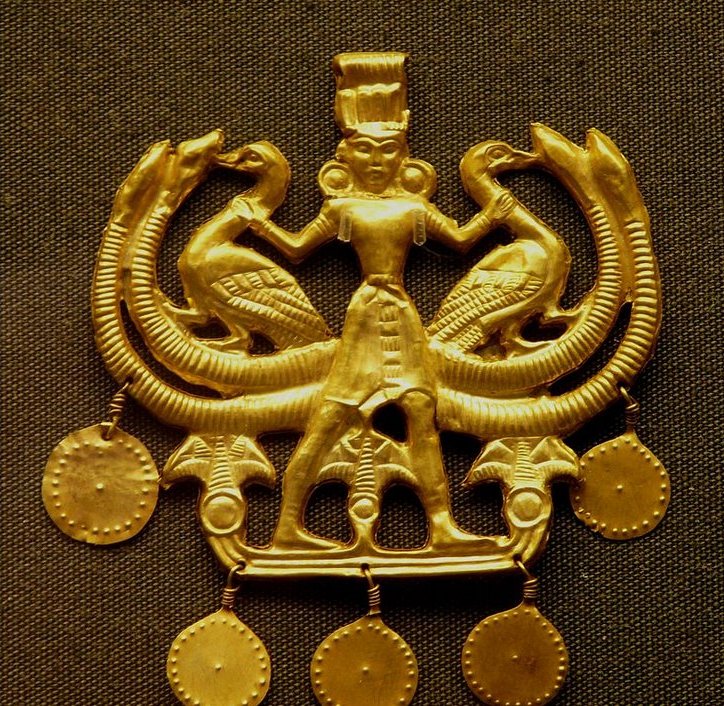
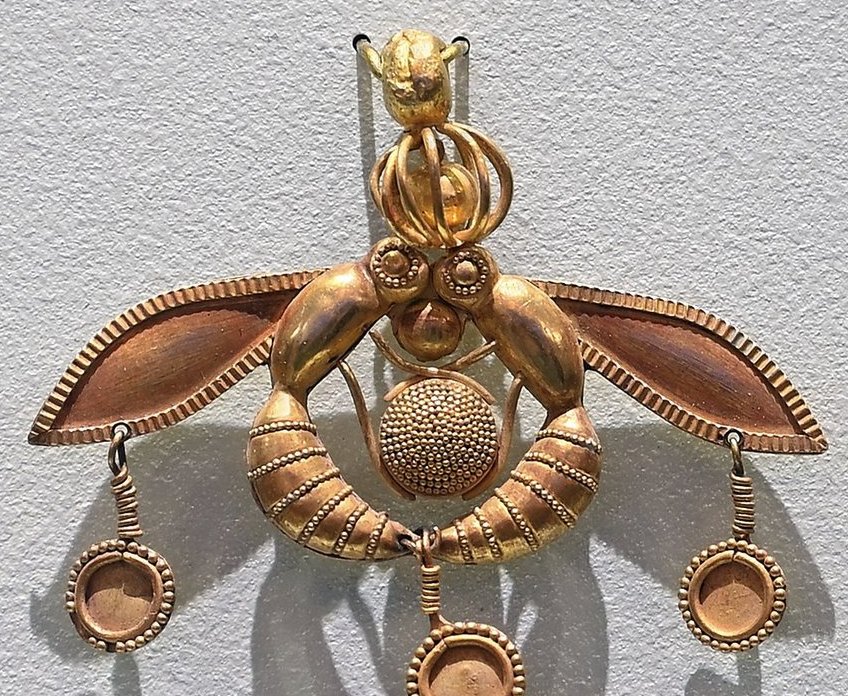
|
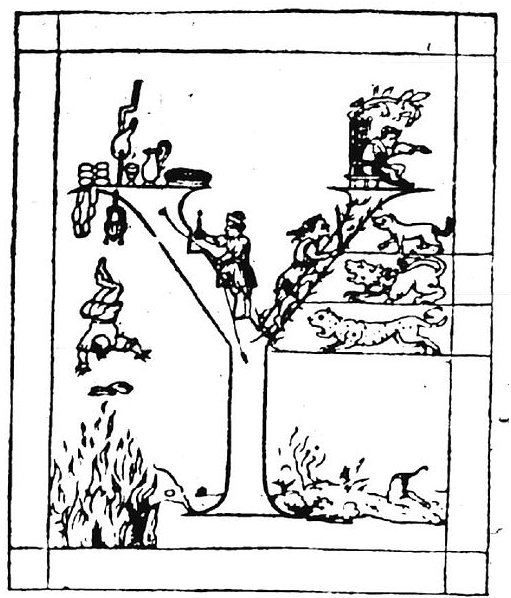



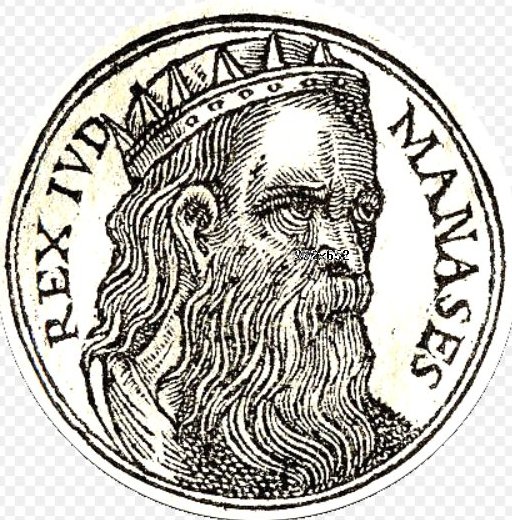




.jpg)




